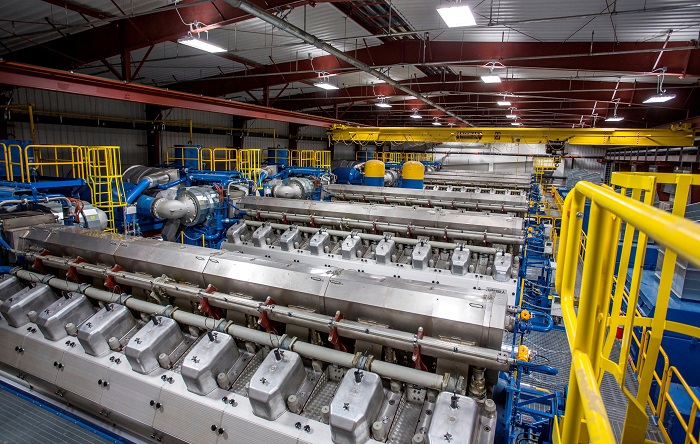In the heart of every successful business lies a robust electrical system, the lifeline that powers operations and fuels growth. Commercial electrical installation isn’t just about wires and circuits; it’s about reliability, safety, and efficiency. In this comprehensive guide, we’ll delve into the intricacies of commercial electrical installation, exploring key concepts, best practices, and the vital role it plays in modern businesses.
Understanding Commercial Electrical Installation
Commercial electrical installation encompasses the design, installation, and maintenance of electrical systems in commercial buildings, ranging from offices and retail stores to factories and warehouses. Unlike residential installations, commercial setups demand higher capacity, advanced technology, and adherence to stringent safety standards. A successful installation ensures seamless power distribution, powering everything from lighting and HVAC systems to complex machinery.
Key Components of Commercial Electrical Installation
- Electrical Panels and Distribution Boards: The heart of any electrical system, panels and distribution boards manage the flow of electricity, ensuring it reaches the right places without overload.
- Wiring and Cabling: Choosing the appropriate wires and cables, considering factors like load requirements and environmental conditions, is crucial for safety and efficiency.
- Lighting Systems: Well-designed lighting not only enhances the workspace but also plays a significant role in energy conservation. LED technology and smart lighting solutions are popular choices in modern commercial spaces.
- Safety Measures: Implementing safety features such as circuit breakers, surge protectors, and emergency shutdown systems is non-negotiable in commercial installations. Regular maintenance and inspections are essential to identify and address potential hazards promptly.
- Energy Efficiency: With businesses becoming increasingly environmentally conscious, integrating energy-efficient appliances, lighting, and HVAC systems is essential. Energy audits can identify areas for improvement, leading to significant cost savings in the long run.
- Backup and Emergency Systems: Commercial establishments often rely on backup generators and uninterruptible power supply (UPS) systems to ensure continuity during power outages. Proper installation and maintenance of these systems are critical for uninterrupted operations.
Best Practices in Commercial Electrical Installation
- Professional Consultation: Engage experienced electrical contractors who specialize in commercial installations. Their expertise can guide you through the process, ensuring compliance with local regulations and safety standards.
- Comprehensive Planning: Thoroughly assess your business’s electrical needs, considering present requirements and future expansion. A well-thought-out plan can prevent costly modifications down the line.
- Compliance and Regulations: Stay abreast of local and national electrical codes. Non-compliance can lead to legal issues and compromise safety. A reputable electrical contractor will be well-versed in these regulations.
- Regular Maintenance: Establish a routine maintenance schedule to identify and address potential issues before they escalate. Preventive maintenance not only ensures safety but also extends the lifespan of your electrical systems.
- Employee Training: Educate your employees about basic electrical safety practices. Knowledgeable staff can detect minor issues and report them promptly, preventing accidents and minimizing downtime.
